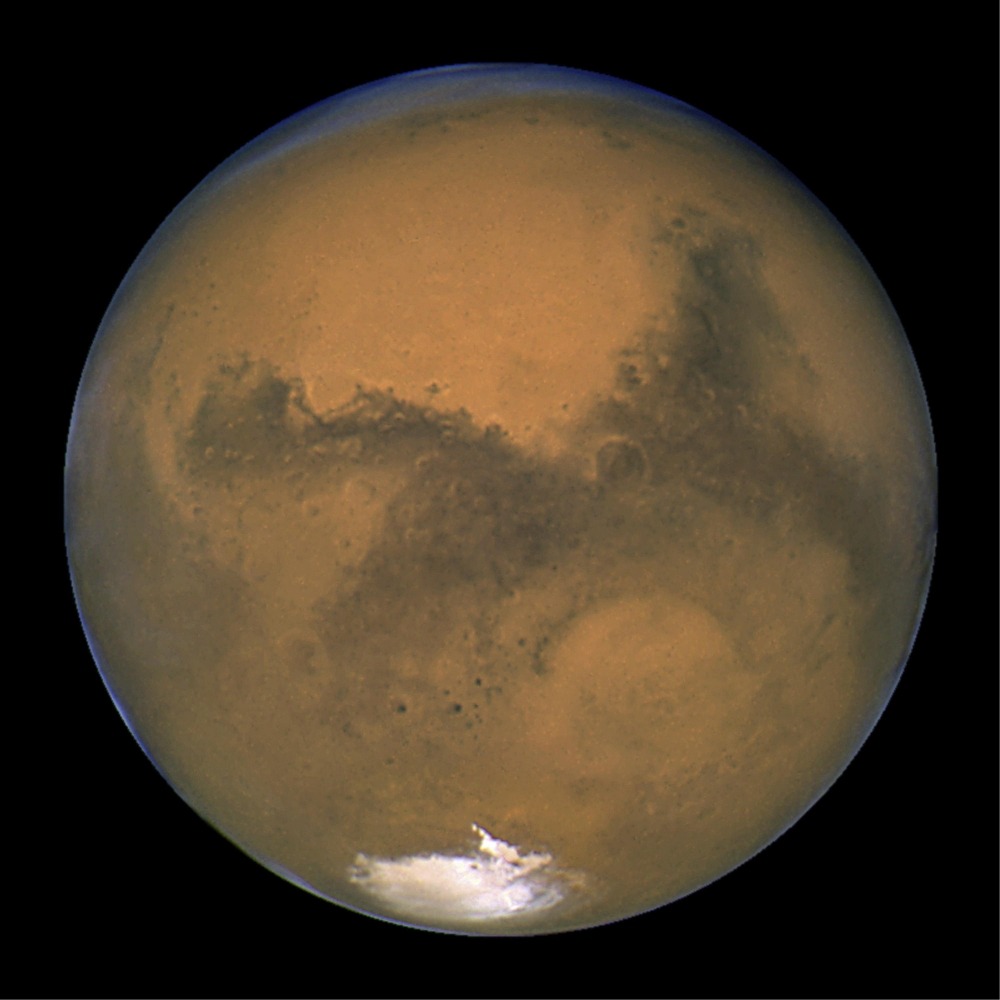China’s Zhurong rover has made a groundbreaking discovery on Mars that suggests water may be more widespread and recent on the planet than previously thought. The rover observed salt-rich sand dunes with cracks and crusts, which researchers believe were mixed with melting morning frost or snow as recently as a few hundred thousand years ago. The finding is significant because it highlights new, potentially fertile areas in the warmer regions of Mars where conditions may be suitable for life to exist.

The discovery was made in Mars’ Utopia Planitia, a vast plain in the northern hemisphere where the rover operated for over a year before going into hibernation for the Martian winter nearly a year ago. The estimated date range for when the cracks and other dune features formed is sometime after 1.4 million to 400,000 years ago or even younger. Conditions during that period were similar to now on Mars, with rivers and lakes dried up and no longer flowing as they did billions of years earlier.
The Chinese scientists involved in the mission published a study in Science Advances stating that studying the structure and chemical makeup of these dunes can provide insights into “the possibility of water activity” during this period. The scientists believe that small pockets of water from thawing frost or snow, mixed with salt, likely resulted in the small cracks, hard crusty surfaces, loose particles, and other dune features like depressions and ridges. They ruled out wind and frost made of carbon dioxide as causes of the observed features.
While the rover did not directly detect any water in the form of frost or ice, computer simulations and observations by other spacecraft at Mars indicate that even nowadays at certain times of year, conditions could be suitable for water to appear. Co-author Xiaoguang Qin of the Institute of Geology and Geophysics said in an email that they think it could be a small amount of water, “no more than a film of water on the surface.”
The finding is notable for how young the dunes are, said planetary scientist Frederic Schmidt at the University of Paris-Saclay, who was not part of the study. “This is clearly a new piece of science for this region,” he said in an email. Trinity College Dublin’s Mary Bourke, an expert in Mars geology, said that the rover has now provided “evidence that there may be a wider distribution of this process on Mars than previously identified.”
The discovery of potentially fertile areas where conditions may be suitable for life to exist on Mars is significant as scientists continue to search for signs of life beyond Earth. While the presence of water alone does not guarantee the existence of life, it is considered a crucial ingredient for life as we know it.
The finding comes as mission leaders acknowledged that the Zhurong rover has yet to wake up since going into hibernation for the Martian winter nearly a year ago. Its solar panels are likely covered with dust, choking off its power source and possibly preventing the rover from operating again, said Zhang Rongqiao, the mission’s chief designer.
Despite this setback, the discovery made by the Zhurong rover is significant for our understanding of Mars and the possibility of life beyond Earth. Further study of the structure and chemical makeup of the salt-rich dunes observed by the rover could provide more insights into the history and habitability of Mars.
